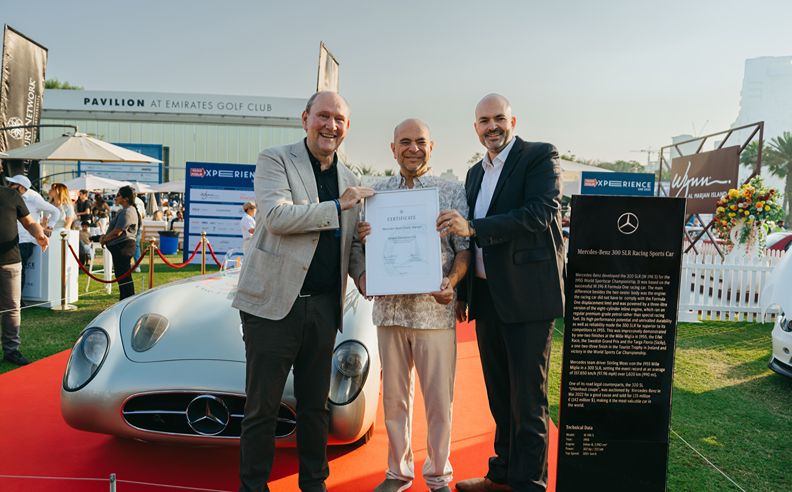Few automakers have garnered as much passion and loyalty as BMW. Known for its engineering excellence, exhilarating driving experience, and innovative designs, BMW’s journey did not begin with the iconic kidney grille seen today. Instead, it started with a modest but significant step—the BMW 3/15, marking the company’s transition from aircraft engines to automobiles and laying the foundation for a legacy that continues to thrive.
Founded in 1916 as Bayerische Motoren Werke (Bavarian Motor Works), BMW initially specialized in aircraft engines. However, after World War I, the Treaty of Versailles prohibited Germany from manufacturing aircraft engines, forcing BMW to diversify its operations. The company first shifted to motorcycle engine production and later to full-fledged motorcycle manufacturing, gaining a reputation for precision engineering. Yet, it wasn’t until the late 1920s that BMW ventured into the automotive sector.
The BMW 3/15, also known as the BMW Dixi, was the company’s first production car. Built under license from Austin, it was based on the British Austin 7, allowing BMW to enter the automotive market without starting from scratch. This strategic move enabled the brand to establish itself quickly in a competitive industry.
Introduced in 1929, the BMW 3/15 arrived during a challenging economic period, when demand for affordable and reliable transportation was at its peak. It was a compact, practical car powered by a 0.7-liter, four-cylinder engine producing 15 horsepower. While modest by modern standards, these specifications were well-suited to its time, especially given the car’s lightweight design. A three-speed manual transmission allowed for a top speed of around 50 km/h (31 mph), and multiple body styles—including a two-door sedan, touring model, and even a small truck variant—catered to diverse consumer needs.
Despite being a licensed design, the BMW 3/15 reflected the brand’s commitment to engineering refinement and reliability. BMW introduced several modifications to improve performance and durability, distinguishing it from its British counterpart. The success of the 3/15 provided BMW with crucial experience in car manufacturing, solidifying its foothold in the market.
The car’s affordability and reliability made it a popular choice among consumers, helping BMW navigate the difficult economic landscape of the Great Depression. More importantly, it demonstrated BMW’s potential as an automaker, paving the way for future innovations and success.
The launch of the BMW 3/15 marked the beginning of the brand’s automotive journey. From its humble origins as a manufacturer of small, practical vehicles, BMW evolved into a global powerhouse renowned for producing some of the most sought-after and technologically advanced cars in the world. The 3/15 not only cemented BMW’s reputation for quality and innovation but also set a precedent for the company’s future ambitions.
Today, BMW continues to uphold its legacy of precision engineering and driving pleasure, first embodied in the BMW 3/15. As a testament to BMW’s adaptability and innovation, the 3/15 remains an integral part of the brand’s rich heritage. As BMW continues to shape the future of mobility, this historic model serves as a reminder of the company’s enduring legacy and the humble beginnings that led to its rise as a global icon.

Started my career in Automotive Journalism in 2015. Even though I'm a pharmacist, hanging around cars all the time has created a passion for the automotive industry since day 1.

